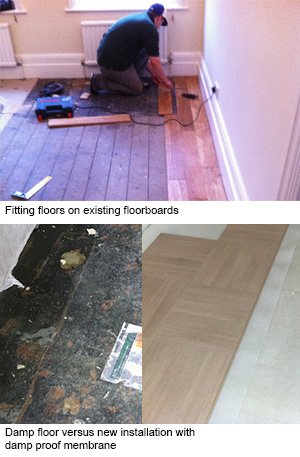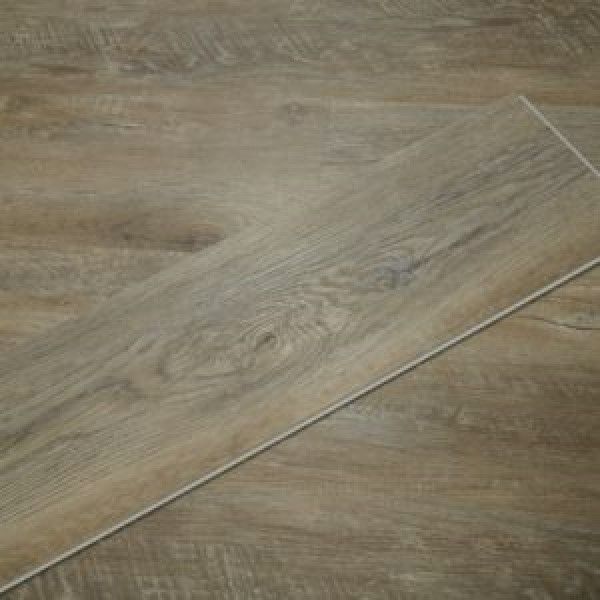As reclaimed wood flooring is an environmentally friendly option, most homeowners prefer it over other options. One can save forests whilst getting an oak flooring that is incredibly lovely by utilising recycled wood.
You must read this article before you start installing reclaimed solid oak flooring. It may seem like a difficult endeavour to install new flooring, but if you read this article, the task may become much easier. If you adhere to a few accepted industry standards, then installing reclaimed wood floorboards is much similar to installing other types of solid wood floorboards.
The Floorboard’s Choice
One must be familiar with the steps to choose floorboards for your space. You can choose from several different types of floorboards.
The type of wood species, the width of the plank, colour and textures are the first few factors to consider. Here we are mentioning the choices you will have while deciding on the type of flooring. The size of the board’s checks and holes varies from one board to another. Apart from these, you also will have to finalise whether you need face nailing boards or boards with a click and lock system.

It a better to have realistic expectations about the appearance of reclaimed floorboards. They will not look the same as new or virgin boards and will retain the personality of their prior existence.
You might find open knots along with star checked ones, as well as other blemishes. Checking in the floorboards and nail and blot holes are all characteristics of reclaimed planks that you might anticipate. Most homeowners view this as a significant benefit because these flaws give the flooring a different and rugged look.
The floor will be installed in an utterly random manner due to all the numerous flaws in the floorboards and your flooring will stand out just for this reason.
How to Install the Floorboards
We advise placing the floorboards down on the floor where you want to install them. This will give you a decent sense of the appearance of your reclaimed wood flooring. You might wish to change the position of various floorboards to give your space a unique appearance.
You might desire the wood to have fewer knots in the central area of the room or wouldn’t want dark patches in particular locations. Occasionally, floorboards might be a little damaged. In that case, it might be a good idea if you carefully consider where you would like to put those particular planks.
If you are looking for premium quality wood flooring, look no further than the website of Floorsave. They offer a wide range of flooring materials, including solid wood, laminate, vinyl and engineered wood flooring at affordable prices.
They also offer flooring accessories to give a final touch to your renovation work. You must also check their aesthetic collection of herringbone wood and engineered parquet flooring.
Arrangement of Reclaimed Floorboards
You should put the wood floorboards in a layout that is not repetitive. The goal is to make the new solid wood flooring distinct from other floors that you might have already viewed.
You should put floorboards at various degrees and patterns to give them individuality. Spread apart knotted and nail-filled planks to ensure that they are not laid together in one place. Keep an eye out for bright and dark boards also to ensure that they are placed in different areas. You will have to make an effort to lay the boards in such a pattern so that the floor appears as unique as possible.
Better to take an interior designer’s guidance and recommendations into account as much as you can when laying the floorboards.
Laying tongue and groove boards
A nailing gun will be required and space your nails at 10 inches distance when you are laying tongue and groove reclaimed floorboards. To effectively attach your floorboards, use high quality glue as well.
Hope after reading this article, you will have a better understanding of reclaimed wood.









